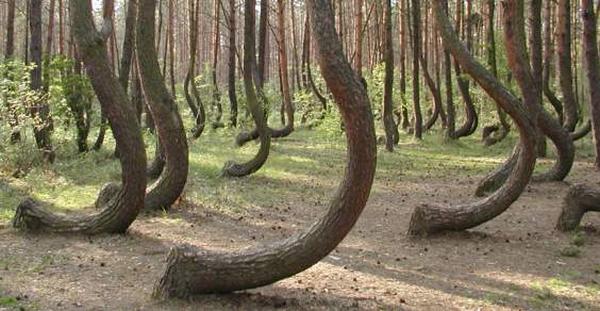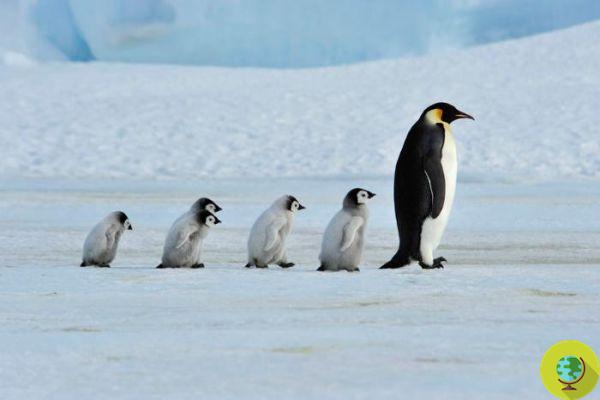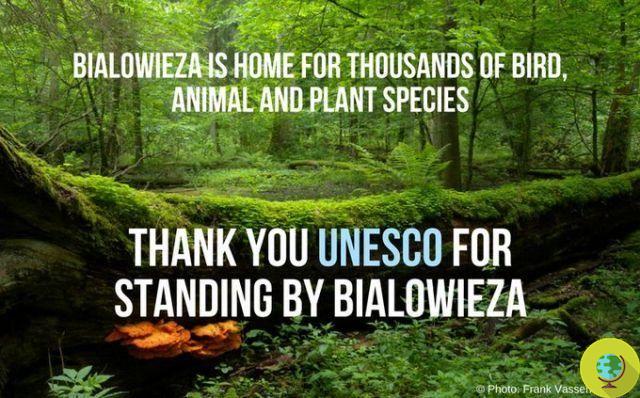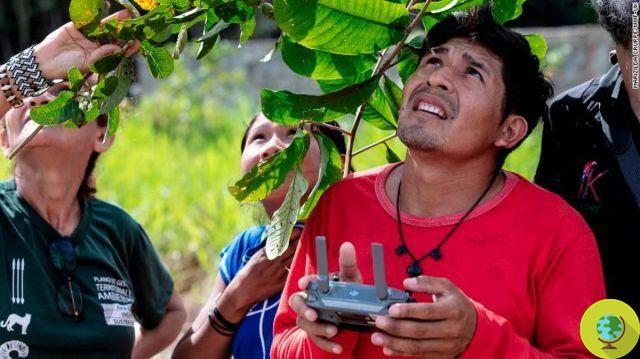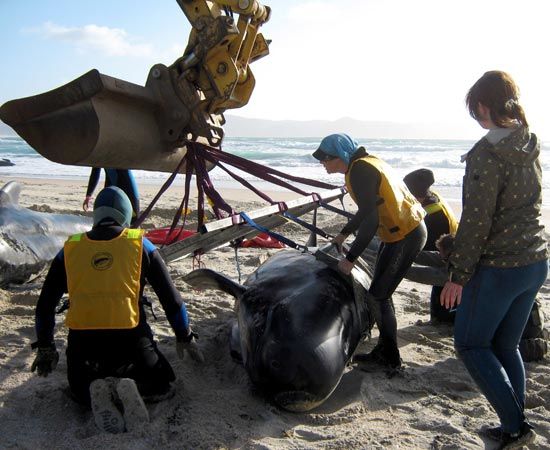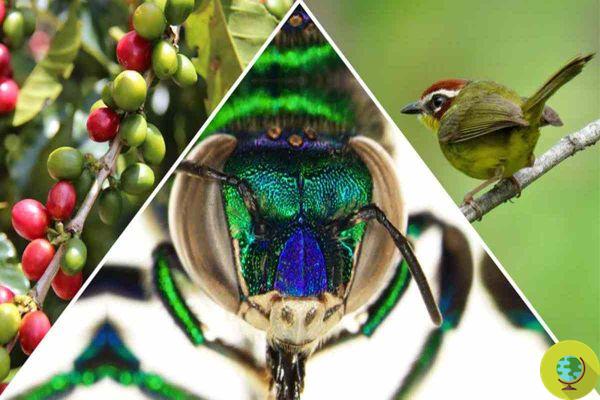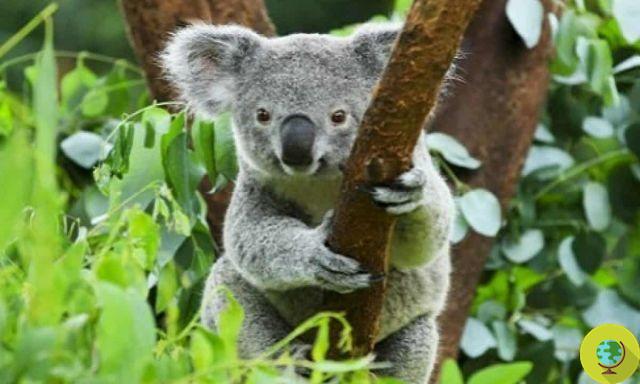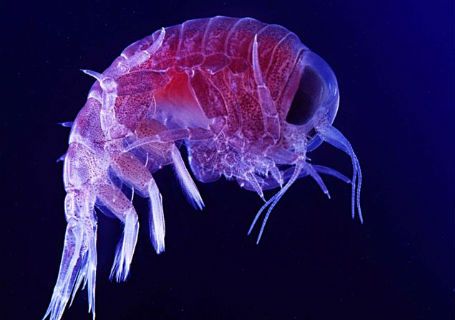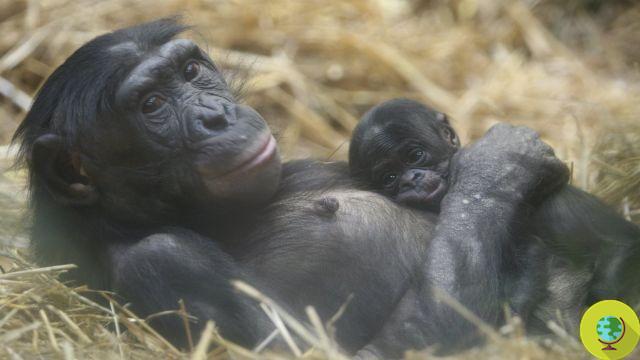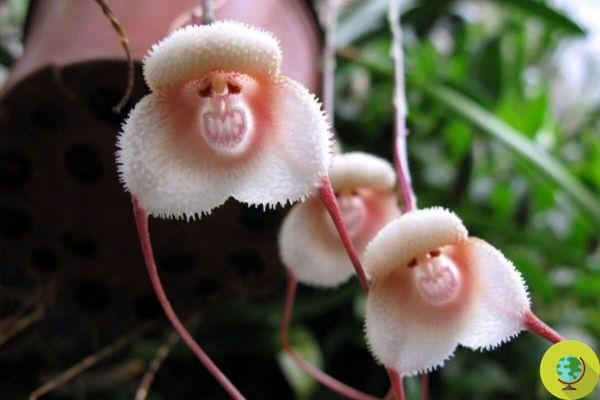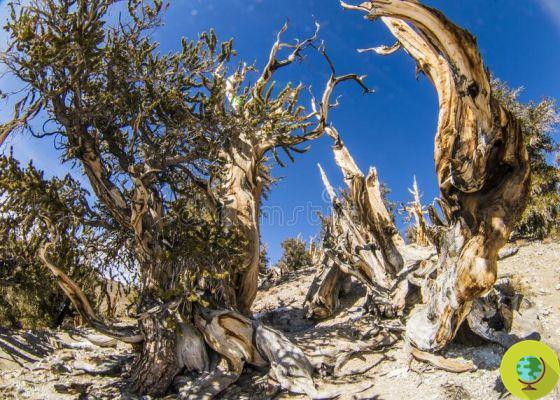Over 26 global species are at risk of extinction. This was revealed by the latest update of the IUCN Red List, the International Union for Conservation of Nature, which revealed the new growing series of risks to flora and fauna around the world
He is about to end up run over, his mother saves himOver 26 global species are at risk of extinction. This was revealed by the latest update of the IUCN Red List, the International Union for Conservation of Nature, which revealed the new growing series of risks to flora and fauna around the world.
The red list is constantly expanding. Compiled with the collaboration of thousands of experts around the world, it now lists 93.577 species, of which 26.197 are classified as vulnerable, critical or endangered.
19 of the previously listed species have passed to a higher level of risk, including the precious toad known as Ansonia smeagol - (named after Gollum in The Lord of the Rings), decimated by tourism pollution in Malaysia. Two types of Japanese earthworms threatened by habitat loss, agrochemicals and radioactive fallout from the Fukushima nuclear disaster are also at greater risk than the latest update, and the Bartle Frere cool-skink, an Australian reptile whose habitat has shrunk to cause of global warming. The animal today lives only in an area of 200 meters at the top of the highest mountain in Queensland.
The compilers of the red list said that thelatest budget it was tragic, a real assault on biodiversity. Threatened Australian reptiles - including lizards and snakes - face serious threats from invasive species and climate change, with 7% of them threatened with extinction. The Mauritian flying fox, a major pollinator, is now listed as endangered due to a culling campaign.
The threats are not limited to creatures distant from us, characterized by exotic names but are concerned with the very ability of the Earth to provide clean air, fresh water, food and a stable weather system.
“Invasive species, climate change, cyclones and the conflict between man and nature are just some of the many threats that wreak havoc on our planet's ecosystems. As species from Mauritius to Australia slide towards extinction, we risk losing part of our culture and identity, as well as the benefits these species provide to life by pollinating our crops or preserving healthy soils "according to the director. General of the IUCN, Inger Andersen
Here are some of the new endangered species:
Index
The flying fox of Mauritius
The Mauritius fox (Pteropus niger), is a large bat species found only in the Indian Ocean islands of Mauritius and Reunion. ESA has gone from “Vulnerable” to “Endangered”, at risk on the IUCN Red List. The bat population declined by about 50% between 2015 and 2016, largely due to culling by government bats, motivated by alleged damage to certain crops.
Aquilaria malaccensis tree
The demand for perfume threatens one of the most popular woods in the world. The Aquilaria malaccensis tree, found in one of the most prized woodlands in the world, has shifted from vulnerable to critically endangered as logging and deforestation have caused populations to drop by more than 80% over the past 150 years. Aquilaria malaccensis is one of the most used agar producing species in the world for perfumery.
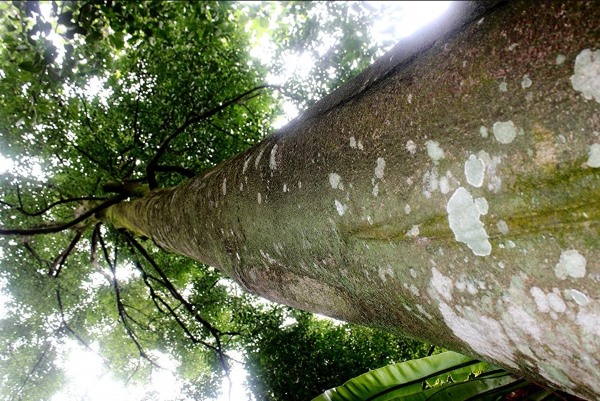
Japanese earthworms
Of the 43 native Japanese earthworm species assessed on the Red List, three are considered endangered (Eisenia anzac, Drawida moriokaensis and Drawida ofunatoensis). Agricultural intensification, urban sprawl and radioactive fallout from World War II and the 2011 Fukushima Daiichi reactor explosion are major threats to these species.
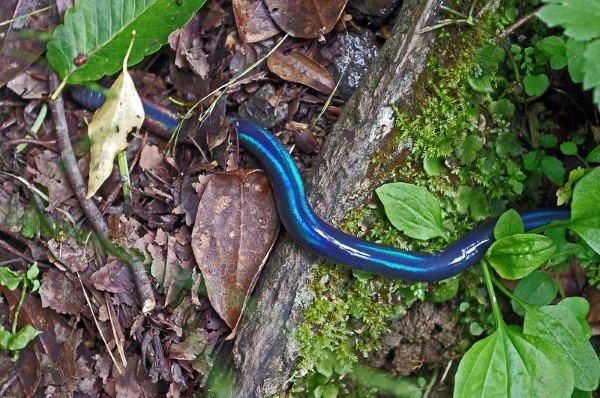
The update of the IUCN Red List of Threatened Species shows that urgent action is needed to safeguard them. But there is also good news, such as the rediscovery of four species of South American amphibians which were thought to be extinct.
These creatures have been rediscovered in Colombia and Ecuador. They are: the Rio Pescado Stubfoot Toad (Atelopus balios), the Quito Stubfoot Toad (Atelopus ignescens) and the Atelopus nanay, all believed to have disappeared due to the effects of the chidiidiomycosis disease. The fourth animal rediscovered was the Andean toad (Rhaebo colomai), heavily affected by habitat loss.
“This reinforces the theory that we are moving towards a period where extinctions occur at a much faster rate than the natural rate. We are endangering our planet's life support systems and endangering the future of our own species, ”said Craig Hilton-Taylor, head of the IUCN's Red List Unit in Cambridge. "This is our window of opportunity to take action - we have the knowledge and tools on what needs to be done, but now we need everyone, governments, the private sector and civil society, to step up action and prevent decline and loss. species ".
READ also:
- Ash and antelope are dying out: included in the IUCN red list
- The 25 primates at risk of extinction: the complete list
Francesca Mancuso




